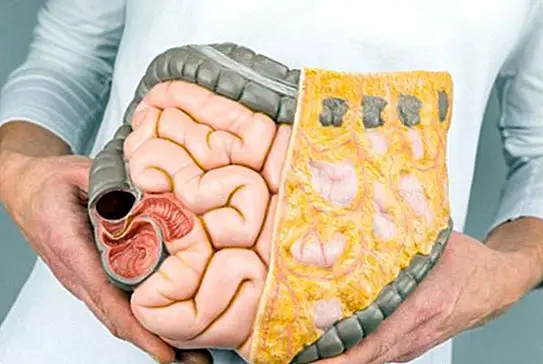Sterility or infertility: its main differences
When we talk about sterility or of infertility It is very common for many people to confuse both terms, when in fact they refer to different problems. In fact, it is quite common that both terms are used as synonyms, mainly because both refer to the inability to have a baby by the couple. However, did you know that it is not really the same?
But before discovering what those differences are, it is very important to know how often it takes to get a pregnancy, because when the pregnancy tends not to occur it can be a sign of the existence of a fertility or sterility problem.

About 95 percent of couples who have unprotected sex often achieve pregnancy 12 months after they start trying. Thus, with each relationship, when no member of the couple has a fertility problem, the probability of the woman getting pregnant is only 24%.
On the other hand, A woman's age influences her chances of getting pregnant. For example, at 35 years of age the possibility of becoming pregnant is 10%, while at 40 years that probability is only 5%. That is to say, his possibilities diminish at the same time as his age increases.
As you can imagine, this does not mean that a woman who is 35 or older can not have children, but in fact, in a normal way, she will need a longer time to get pregnant.
What is infertility?
Infertility occurs when a woman has managed to become pregnant, but it has not come to term or the death of the baby has occurred hours after the birth. That is, the woman gets pregnant (either pregnancy or several), but in all these tend not to come to term or the baby born tends to die hours later.
In this sense we must differentiate between the existence of a primary infertility and of a secondary infertility. When there is primary infertility, the woman is able to become pregnant, but the pregnancy does not come to term or the baby dies shortly after being born.

Secondary infertility, however, is that the couple already has a healthy baby after a normal pregnancy and a normal delivery. But when the woman becomes pregnant again, this gestation does not come to term.
And what is sterility?
There is talk of sterility when it is not possible to get pregnant. That is, when there is a problem that prevents pregnancy is achieved.
Usually, It is considered that a couple is sterile when after a year of unprotected sex, pregnancy is not achieved.
Likewise, it is possible to differentiate between two types of sterility: primary sterility and secondary sterility. There is primary sterility when the couple has never managed to have a child. While there is secondary sterility when after having had children it is not possible to get a new pregnancy.
Did you know that there are some external causes that can influence the appearance of sterility? For example, the food that is followed, the habits that are maintained (smoking, drinking alcohol ...), stress or even the rhythm of life that is followed can directly influence that the couple is not able to achieve pregnancy.

So, when is it suspected that there is a fertility problem in the couple?
As we mentioned briefly in a previous line, you can suspect that there is a fertility problem medically when after a year of having sex without any contraceptive method, the couple has not achieved pregnancy. Therefore, when a year has passed and the conception has not been achieved, it is always advisable to go to the specialist.
However, we must bear in mind that this waiting period is reduced or shortened when the age of the woman is greater. Thus, for example, after the age of 35 it is advisable to go to the specialist when 6 months have passed and the pregnancy has not been achieved. This article is published for informational purposes only. It can not and should not replace the consultation with a Physician. We advise you to consult your Trusted Doctor. ThemesInfertility



